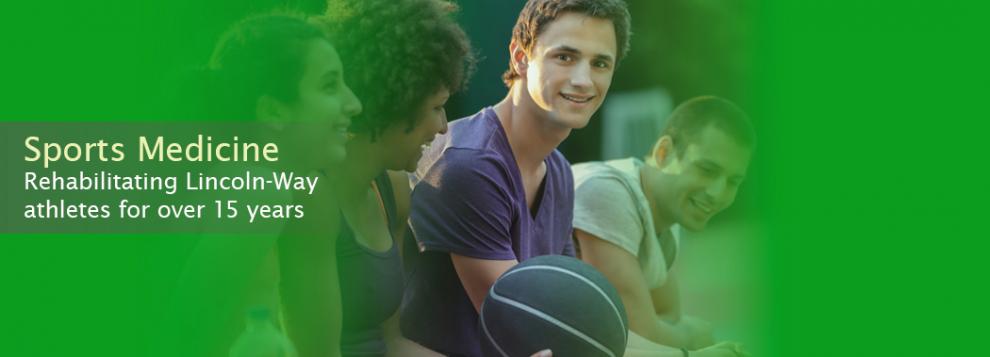Physical therapy in Frankfort, New Lenox for Soccer
Welcome to JointPro Physical Therapy's guide for selecting soccer equipment. You can achieve your soccer goals - from the soccer beginner to the experienced soccer player. We recommend a few general considerations for selecting soccer equipment in order to stay comfortable and minimize injury during your training and game. The basic equipment you will require for soccer are soccer shoes and shin guards. But, as for all outdoor sports, don't forget you'll need to plan for sun protection and hydration (http://www.ausport.gov.au/sportscoachmag/nutrition2/pre-event_nutrition) too.
Your selection of soccer shoes will depend on your playing surface and shoe preferences. Soccer shoes with cleats are required for outdoor play to prevent slipping. The type of cleat depends on your budget and performance expectations. Your soccer professional/coach will be able to advise you with regard to cleat selection. Unlike many other sports shoes, soccer shoes need to be tight fitting so your feel for the ball on your foot is not impaired. There should not be any space between the end of your toes and the shoe. This means you'll need to try the shoes on before you buy them. Avoid purchasing shoes from online websites unless you have purchased that brand and size before.

Shin guards protect your shins from direct force from other players. When shin guards are worn properly there is a 40-77% reduction in force transferred to the lower leg. (Ref: www.ipsm.org/publications/soccer_injuries/shin.asp) The amount of force reduction varies depending on the weight of the shin guard and the brand. There will be some compromise between the amount of protection provided by the shin guard and the mobility of the ankle. Shin guard selection will vary depending on your playing position. For example, defenders will need heavier, more protective guards to protect against regular impacts, whereas forwards wear light-weight guards for ease of movement.
Your shin guards should fit between your ankle and your knee with one inch to spare. Try them on with your soccer socks to hold them in place and walk around to check for comfort.
If you are a goal keeper you may need gloves and protective (padded) shorts or pants in addition to the above equipment.
Sun Protection:
If you play soccer outdoors during the day, don't forget to keep sunscreen and lip balm in your soccer bag and apply it before you warm up.
Hydration:
Keeping hydrated will help you stay alert for your game, may help to prevent muscle cramps and will help your post-game recovery. Take your own drink bottles to games so that you can monitor your fluid consumption. We recommend that you drink about 350-450 mL before arriving at the field (ref: http://www.epysa.org/pdf/Heat_Hydration_Guidelines.pdf), and 250mL (1 cup) of water or sports drink every 20 minutes during play (ref: http://pediatrics.aappublications.org/cgi/content/full/106/1/158) and for one hour after the game. Your fluid requirements will vary depending on the environmental conditions and your body size. To check that you are adequately hydrating, you can weigh yourself before and after you play. If your weight remains the same then you are likely to be well hydrated.








 Shin guards protect your shins from direct force from other players. When shin guards are worn properly there is a 40-77% reduction in force transferred to the lower leg. (Ref: www.ipsm.org/publications/soccer_injuries/shin.asp) The amount of force reduction varies depending on the weight of the shin guard and the brand. There will be some compromise between the amount of protection provided by the shin guard and the mobility of the ankle. Shin guard selection will vary depending on your playing position. For example, defenders will need heavier, more protective guards to protect against regular impacts, whereas forwards wear light-weight guards for ease of movement.
Shin guards protect your shins from direct force from other players. When shin guards are worn properly there is a 40-77% reduction in force transferred to the lower leg. (Ref: www.ipsm.org/publications/soccer_injuries/shin.asp) The amount of force reduction varies depending on the weight of the shin guard and the brand. There will be some compromise between the amount of protection provided by the shin guard and the mobility of the ankle. Shin guard selection will vary depending on your playing position. For example, defenders will need heavier, more protective guards to protect against regular impacts, whereas forwards wear light-weight guards for ease of movement.
